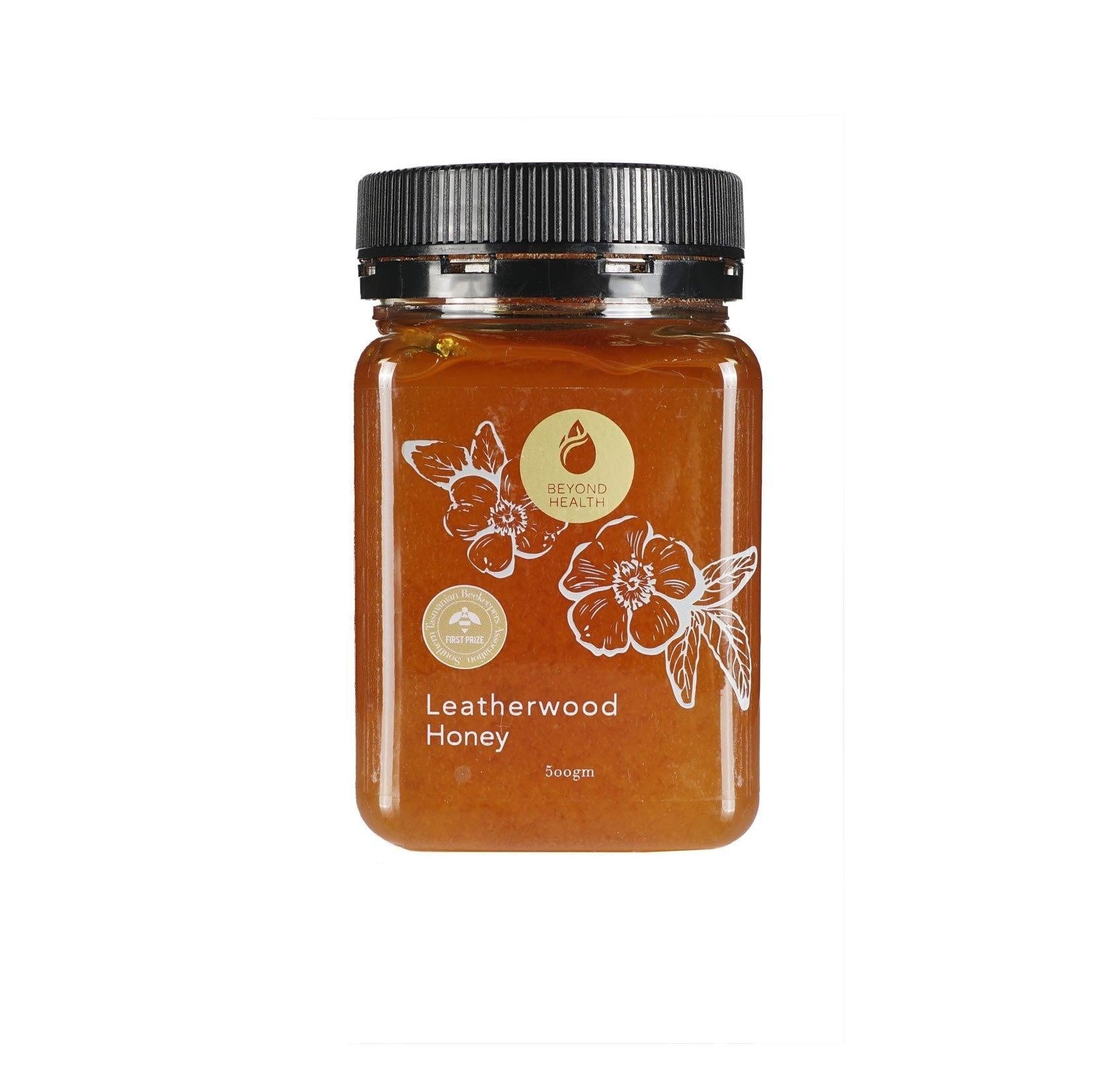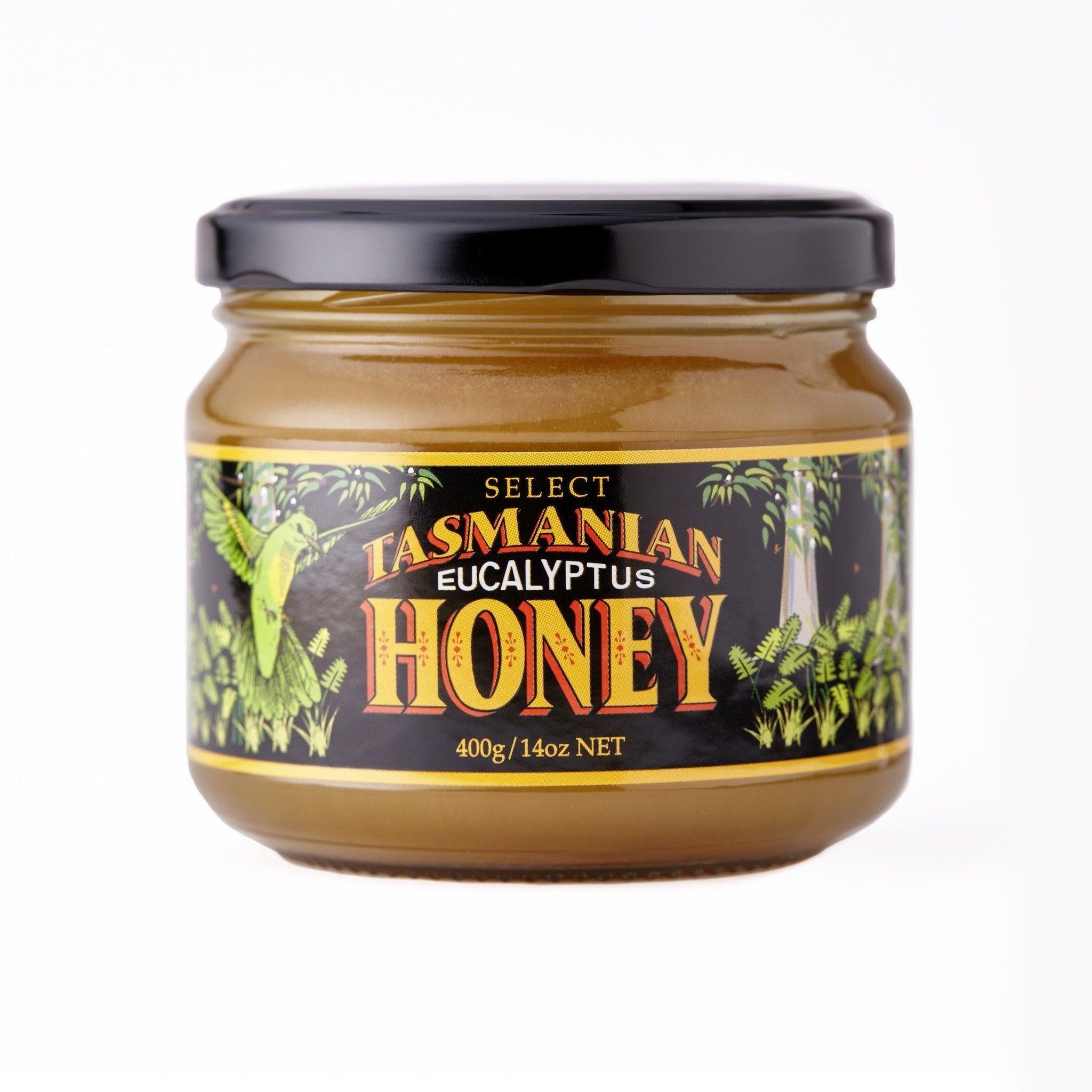Your shopping bag is empty
How Do Bees Communicate
- Posted by: Enquiry Admin
- Comments: 0
- Categories: YES Blog
Bees are social insects that live in organized colonies, with each individual bee playing a specific role in the hive. One of the most fascinating aspects of bee behavior is their ability to communicate with each other in complex and sophisticated ways. In this article, we will explore how bees communicate and why this ability is so important to their survival.
So How Do Bees Communicate?
Bees communicate primarily through chemical signals and physical movements.
Chemical Signals
They use a variety of chemicals, including pheromones, to communicate with each other. Pheromones are chemical substances that are secreted by bees. And this can be detected by other bees through their antennae. These chemicals can convey information about the location of food sources, the presence of predators, and the reproductive status of the queen bee.
Physical Signals
In addition to chemical signals, bees also communicate through physical movements. For example, when a bee finds a food source, it will return to the hive and perform a "waggle dance" to communicate the location of the food to other bees. The waggle dance consists of a series of movements that indicate the distance and direction of the food source relative to the position of the sun.
The waggle dance is a remarkable example of animal communication. By watching the dance, other bees can determine the precise location of the food source and adjust their flight patterns accordingly. This allows the bees to efficiently gather nectar and pollen from flowers and bring them back to the hive.
Another way that bees communicate is through "odor plumes." When a bee leaves the hive to search for food, it releases a trail of pheromones that can be followed by other bees. By following the odor plume, bees can quickly locate food sources and return to the hive with their bounty.
Sound Signals
Bees also use sound to communicate with each other. They produce a variety of sounds, including buzzing and humming, that can convey information about the location of food and the presence of predators. For example, if a bee detects a threat, it may emit a high-pitched buzz to alert other bees to the danger.
The ability of bees to communicate with each other is critical to their survival. It allows them to efficiently gather food and defend their hive from predators. Without this ability, bees would not be able to function as a coordinated and efficient colony. Its survival skills are even more important now that the global bee population is under threat from various environmental situations.
Conclusion on Bees Communication
In conclusion, bees communicate through a variety of chemical signals, physical movements, and sounds. Their ability to communicate with each other is a remarkable example of animal behavior and is critical to their survival. By working together and sharing information, bees are able to efficiently gather food and protect their hive from threats.
































LEAVE A REPLY
Your email address will not be published. Required fields are marked *